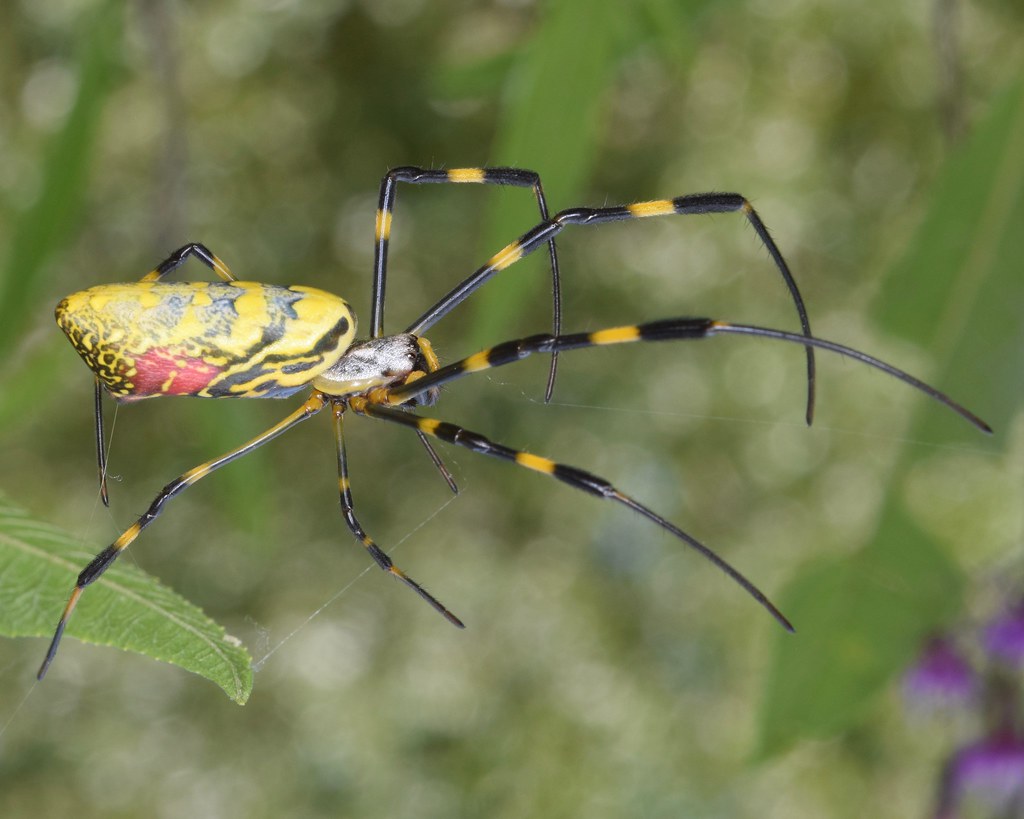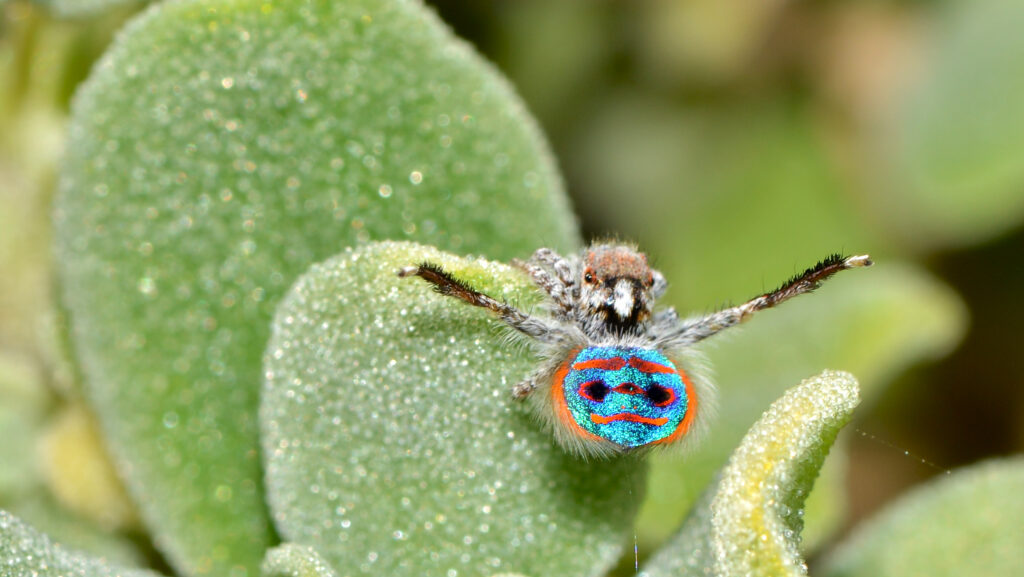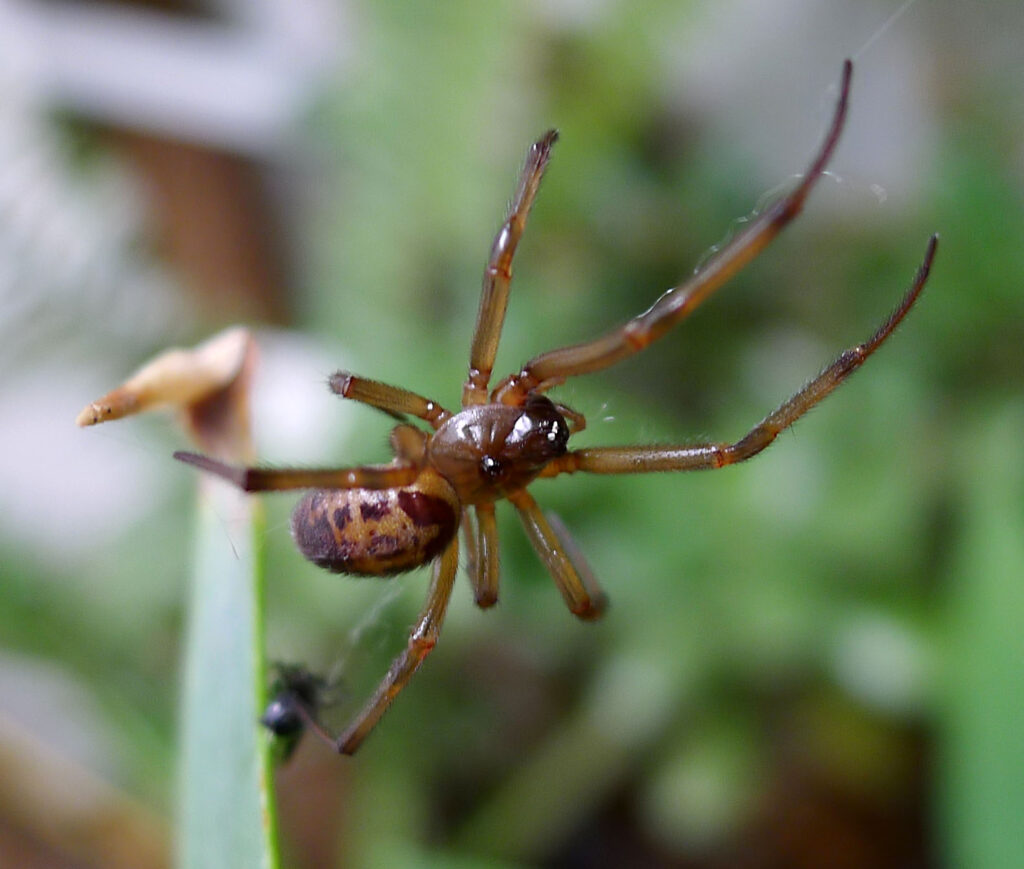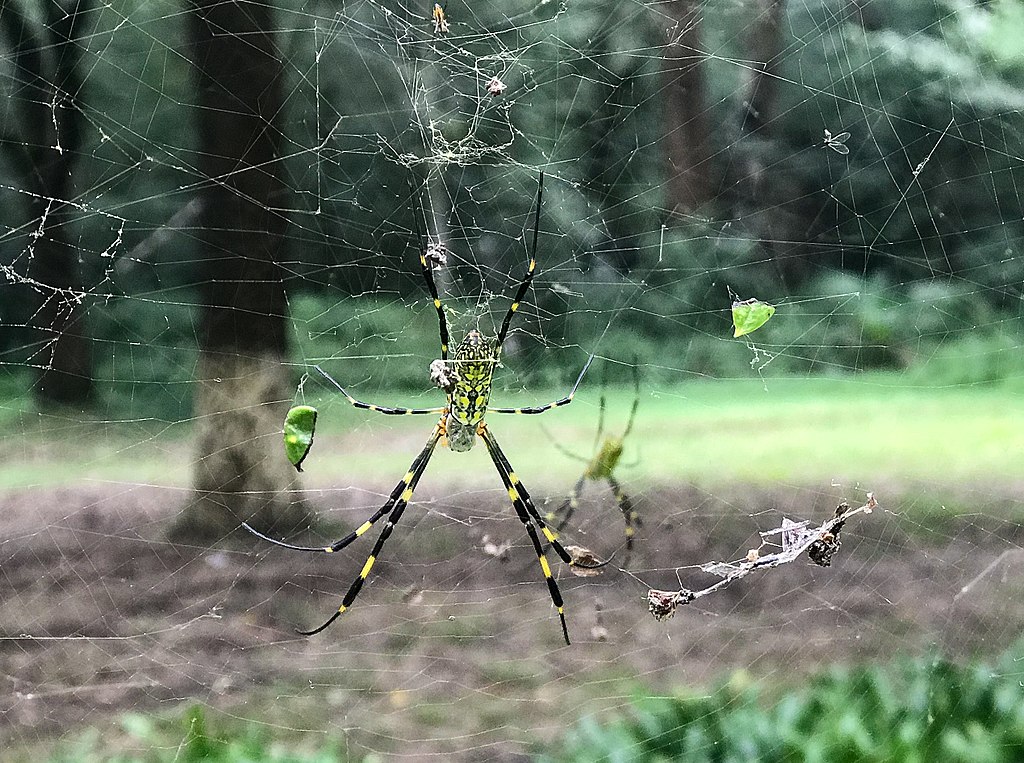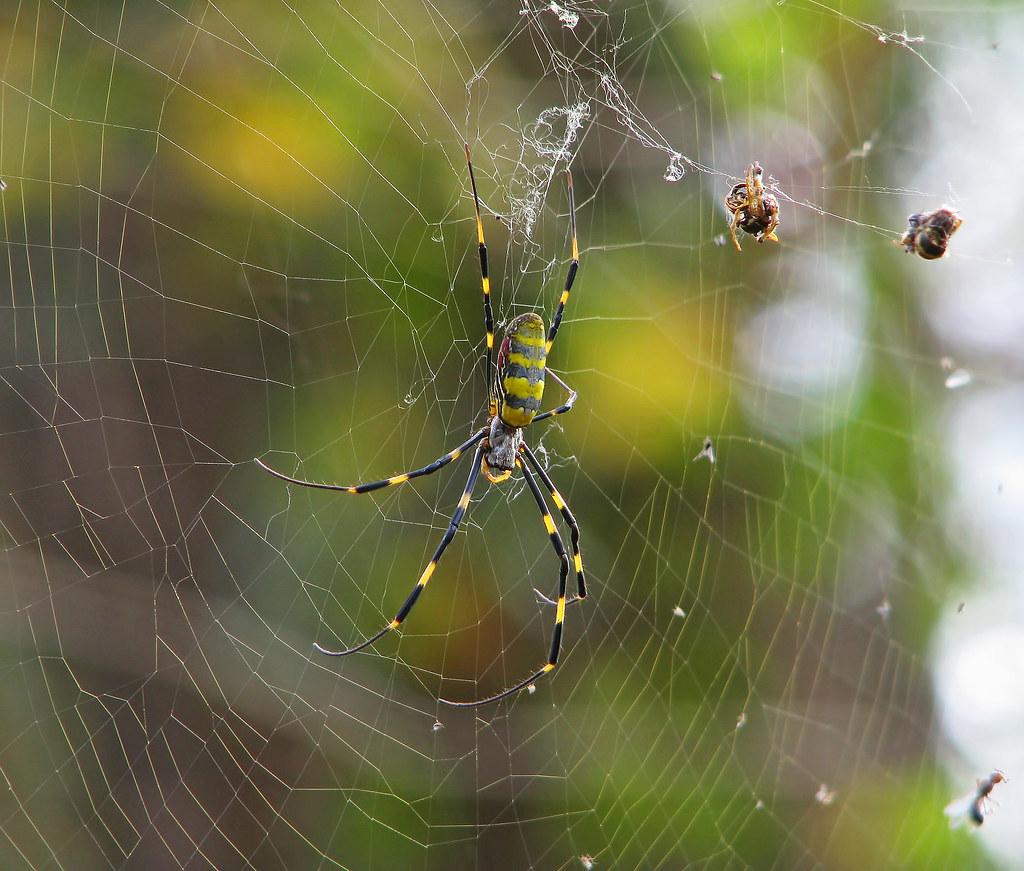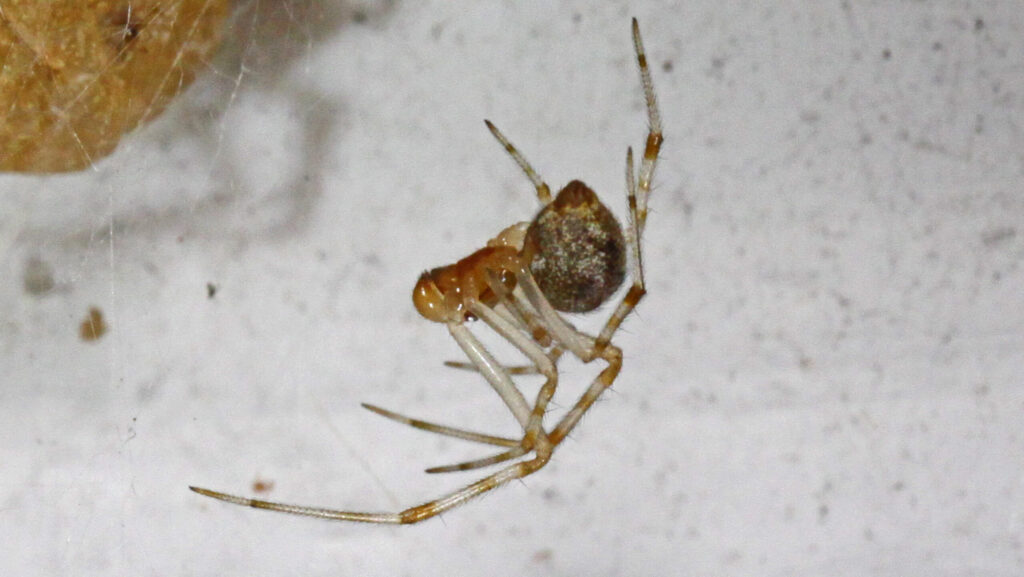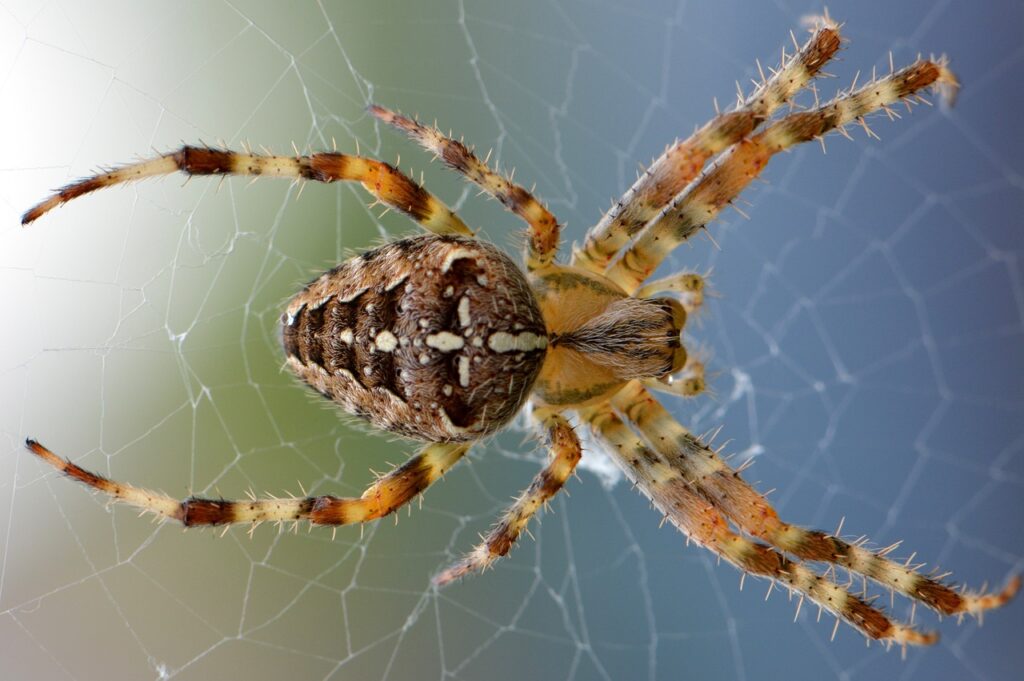Venomous, Yes — Dangerous, No: Debunking the Myths About the Joro Spider
Picture this: you’re walking through your backyard and spot a large, colorful spider dangling from a web that seems impossibly vast. Your heart skips a beat as you notice the distinctive yellow and black markings. Is this the infamous Joro spider everyone’s been talking about? Should you run for your life or grab your camera? ...

